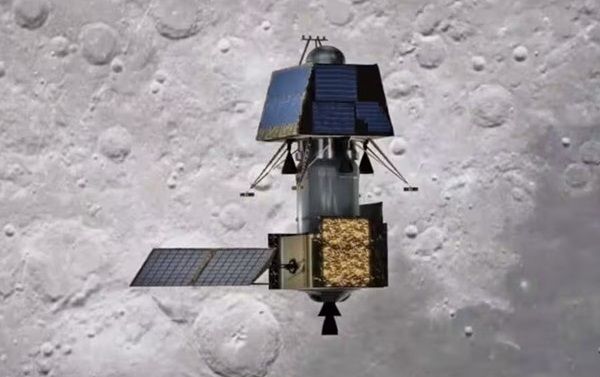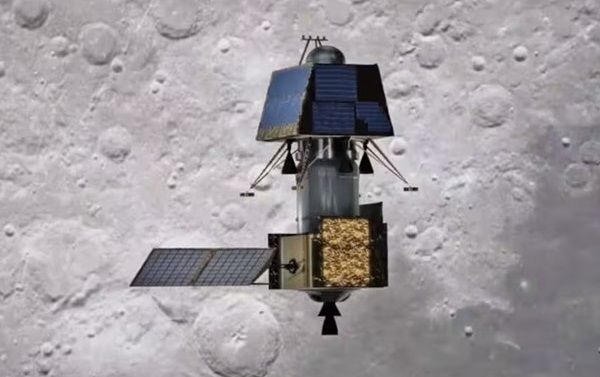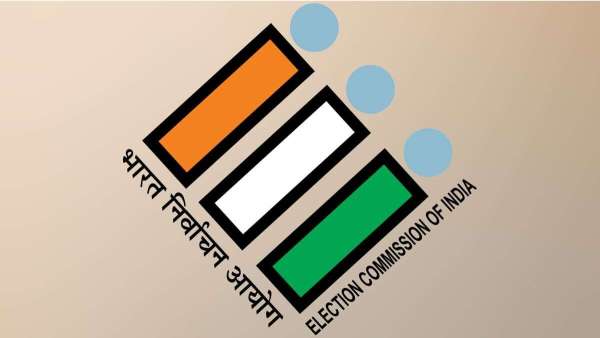

New Delhi. Another good news has been received from Chandrayaan-2, which was launched six years ago. Giving an update on Saturday, the Indian Space Research Organization (ISRO) said that it has collected advanced data from the Chandrayaan-2 mission’s orbiter to gain a deeper understanding of the Moon’s polar regions, including parameters describing the physical and dielectric properties of its surface. ISRO said in a statement that this is a major value addition for India towards future missions to study the Moon.
-
Read this also ISRO’s space mission intensifies, target of 7 missions by March 2026, first unmanned Gaganyaan mission soon
According to the statement, Chandrayaan-2’s ‘orbiter’ has been in the Moon’s orbit since 2019 and is providing high quality data. It said the ‘Dual Frequency Synthetic Aperture Radar (DFSAR)’, a payload on the orbiter, is the first instrument to map the Moon using L-band in full-polarimetric mode and at the highest resolution (25 m/pixel).

This advanced radar mode sends and receives signals in both vertical and horizontal directions, making it ideal for studying surface properties. ISRO said that since the launch of Chandrayaan-2, about 1,400 radar datasets have been collected and processed to map the northern and southern polar regions (80 to 90 degrees latitude) of the Moon.
“Scientists at the Ahmedabad-based Space Applications Center (SAC) have developed advanced data algorithms using the dataset to determine the potential presence of water ice, surface roughness and ‘dielectric constant’,” it said. The ‘dielectric constant’ is an important electrical property, which describes characteristics such as the density and porosity of the Moon’s surface.
According to ISRO, the algorithm for analyzing full-polarimetric data has been developed and completely indigenously developed by ISRO. The space agency said these advanced data algorithms are important for gathering first-order information about the moon’s polar regions. It is estimated that these regions may have preserved the early chemical composition of the solar system, which is important evidence for explaining many aspects of planetary evolution, she said.
ISRO said, “There has always been a demand for such data algorithms for use on the lunar polar regions, as it will provide holistic information characterizing the polar regions for future lunar exploration missions. These algorithms complement ‘hyperspectral data’ in studying the distribution of minerals on the Moon.” The space agency said the polar map includes key radar scales that shed light on the physical and dielectric characteristics of the moon’s surface and subsurface.
“The polar map algorithms (Level 3C) developed with the help of advanced data received from Chandrayaan-2’s ‘Orbiter’ have been released to the users and are available for free on the website provided by the Indian Space Science Data Center (ISSDC),” it said.
-
Online filling up of SIR forms starts in Bengal, response good: Official

-
Hyderabad bus driver watches ‘Bigg Boss’ while driving, sparks panic

-
Police uncovers Drishyam-style murder case in Pune, man lodges false complaint

-
UGC NET December 2025 Correction Window Opens Soon

-
Kerala University professor booked for 'casteist' remarks against research scholar
